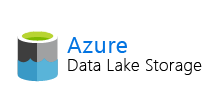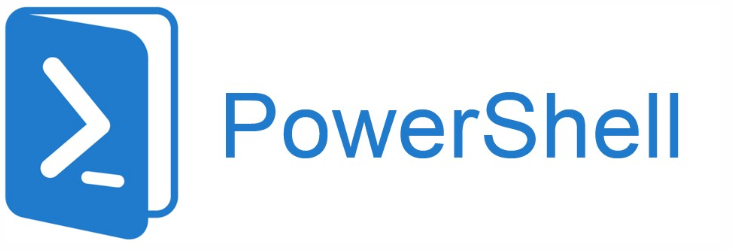ノーコードでクラウド上のデータとの連携を実現。
詳細はこちら →
CData


こんにちは!ウェブ担当の加藤です。マーケ関連のデータ分析や整備もやっています。
CData Cmdlets for ADLS を使えば、PowerShell からAzure Data Lake Storage に手軽に連携して、データのCRUD やエクスポートを実行できます。
本記事では、Azure Data Lake Storage への接続方法からCSV エクスポート、データの操作までサンプルコード付きで解説していきます。
それでは、まずはAzure Data Lake Storage への接続設定からはじめていきましょう。接続設定にはCData Azure Data Lake Storage Cmdlets が必要となります。右側のサイドバーから製品の全機能が使える30日間の無償トライアルがダウンロードできるので、ぜひご利用ください。
インストールが完了したら、プロファイルに以下の行を追加してください。次のPowerShell セッションでモジュールがロードされます。
Import-Module ADLSCmdlets;
Connect-ADLS コマンドを使ってAzure Data Lake Storage との接続を設定します。各接続プロパティの取得方法は次に説明します。
$conn = Connect-ADLS -Schema "$Schema" -Account "$Account" -FileSystem "$FileSystem" -AccessKey "$AccessKey"
Gen 1 DataLakeStorage アカウントに接続するには、はじめに以下のプロパティを設定します。
Gen 1 は、認証方法としてAzure Active Directory OAuth(AzureAD)およびマネージドサービスID(AzureMSI)をサポートしています。認証方法は、ヘルプドキュメントの「Azure DataLakeStorage Gen 1 への認証」セクションを参照してください。
Gen 2 DataLakeStorage アカウントに接続するには、はじめに以下のプロパティを設定します。
Gen 2は、認証方法としてアクセスキー、共有アクセス署名(SAS)、Azure Active Directory OAuth(AzureAD)、マネージドサービスID(AzureMSI)など多様な方法をサポートしています。AzureAD、AzureMSI での認証方法は、ヘルプドキュメントの「Azure DataLakeStorage Gen 2 への認証」セクションを参照してください。
アクセスキーを使用して接続するには、AccessKey プロパティを取得したアクセスキーの値に、AuthScheme を「AccessKey」に設定します。
Azure ポータルからADLS Gen2 ストレージアカウントのアクセスキーを取得できます。
共有アクセス署名を使用して接続するには、SharedAccessSignature プロパティを接続先リソースの有効な署名に設定して、AuthScheme を「SAS」に設定します。 共有アクセス署名は、Azure Storage Explorer などのツールで生成できます。
これで接続設定は完了です。
接続が完了したので、Resources テーブルデータを取得して結果をCSV ファイルにエクスポートします。
Select-ADLS -Connection $conn -Table Resources | Select -Property * -ExcludeProperty Connection,Table,Columns | Export-Csv -Path c:\myResourcesData.csv -NoTypeInformation
このコードでは、Select-ADLS から取得した結果をSelect-Object に流して、Export-Csv に渡す前にいくつかのプロパティを除外しています。これは、CData Cmdlets が接続情報、テーブル、およびカラム情報を結果セットのそれぞれの行に挿入するためです。それらの情報を表示したくない場合に、Export-Csv コマンドに渡す前に除外を先に行い、そのあとでCSV ファイルにエクスポートします。
このように、CData Cmdlets を使えばPowerShell でのAzure Data Lake Storage データへの連携をシンプルに実現できます。ぜひCData PowerShell Cmdlets の30日間無償トライアルをダウンロードして、シンプルかつパワフルなデータ連携をお試しください。